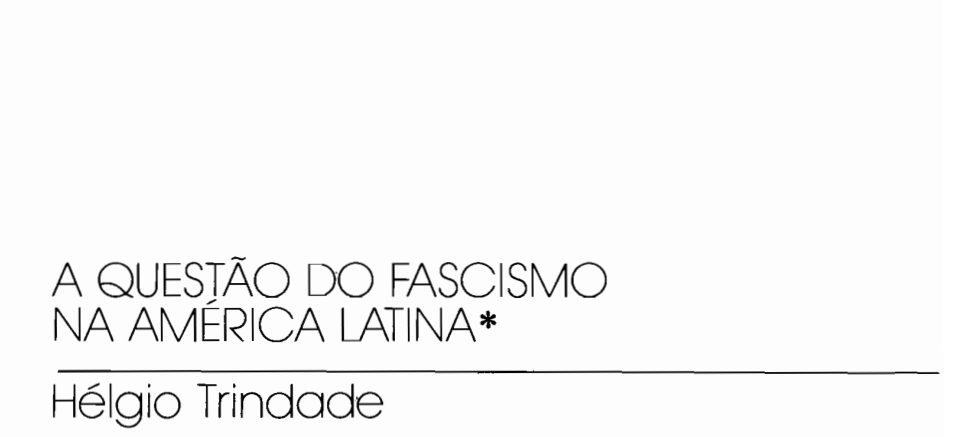Dados es una de las principales publicaciones de ciencias sociales en América Latina. Creada en 1966, publica trabajos inéditos e innovadores, procedentes de investigaciones académicas, de autores brasileños y extranjeros. Editada por IESP-UERJ, tiene como objetivo conciliar el rigor científico y la excelencia académica con un énfasis en el debate público basado en el análisis de temas sustantivos en la sociedad y la política.

Dados vol. 45 n. 3 Rio de Janeiro 2002

Resumen
In this work we apply quantitative methods to recover the individual preferences of Brazilian representatives, as expressed in their nominal votes in the 49th and 50th legislatures. The method assumes both the rational choice and spatial theories of voting. Empirical analyses show that Brazilian representatives can be accurately positioned in a single ideological continuum that reflects, in part, the consensus of Brazilian politics observers: members of the Partido dos Trabalhadores (PT - Workers Party) are positioned at the extreme left and those of the Frente Liberal (PFL - Liberal Front) at the opposite end. The Partido da Social Democracia Brasileira (PSDB - Party of the Brazilian Social Democracy), in turn, moved from a center-left position in the 49th legislature to the right, in the 50th. Additional dimensions contribute very little to the explanatory capacity of the model. The spatial positioning of representatives of a same party vary significantly, and the paramount quality of the statistical model used is its capacity to provide us with a spatial interpretation of this variation. The first dimension is rather stable in both legislatures. Circumstantial evidence is raised to support the hypothesis that these dimensions reflect the relationship between the Executive and the Legislative branches of government. During this period, the Presidents of the Republic were located at the extreme right of the political space.
Palabras-clave: democratic Brazil; parliamentary behavior; Chamber of Deputies; nominal votes.
DOI: 10.1590/S0011-52582002000300002
Ideologia, democracia e comportamento parlamentar: a Câmara dos Deputados (1991-1998)